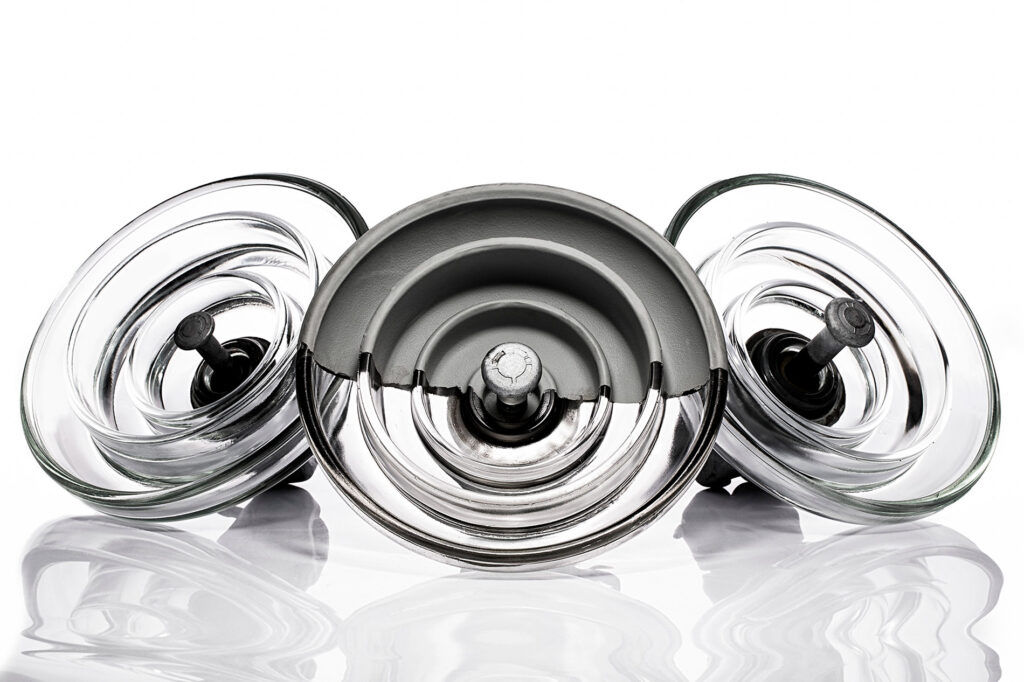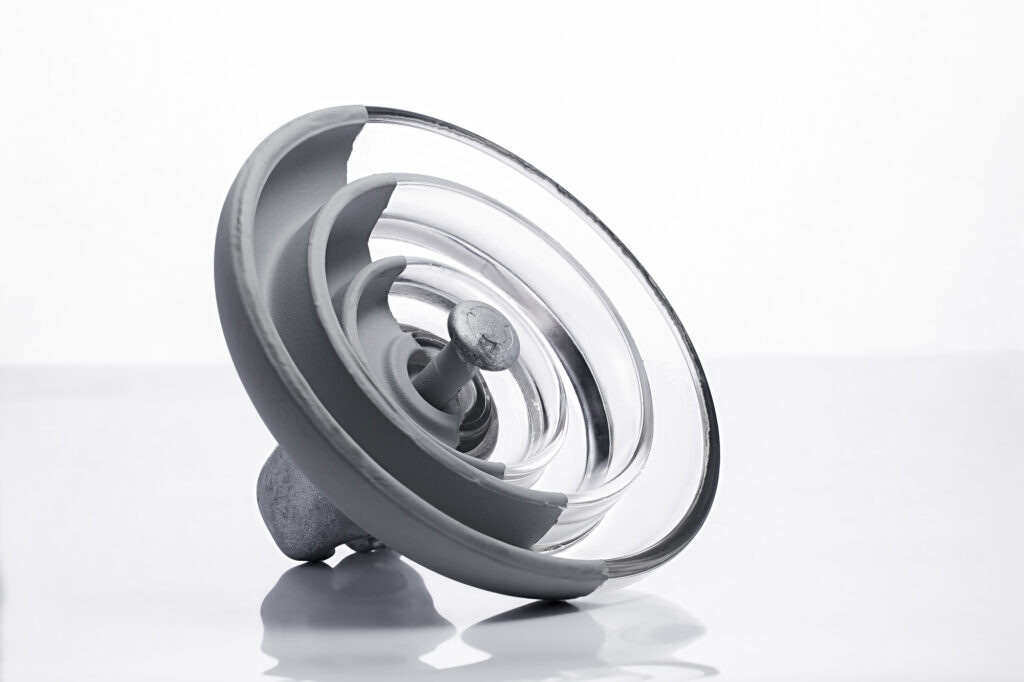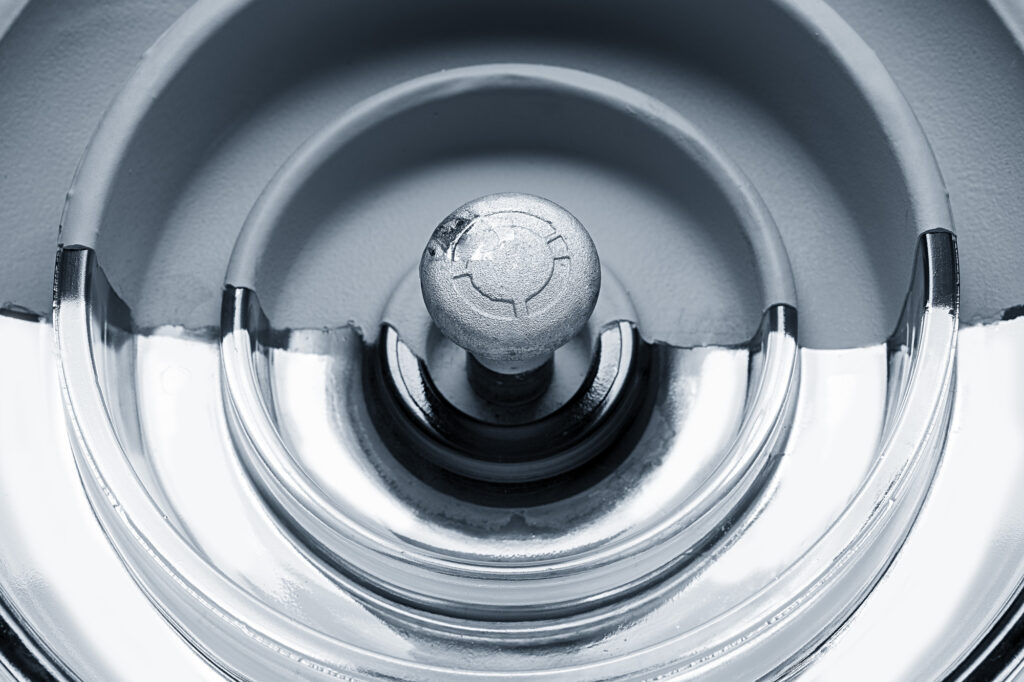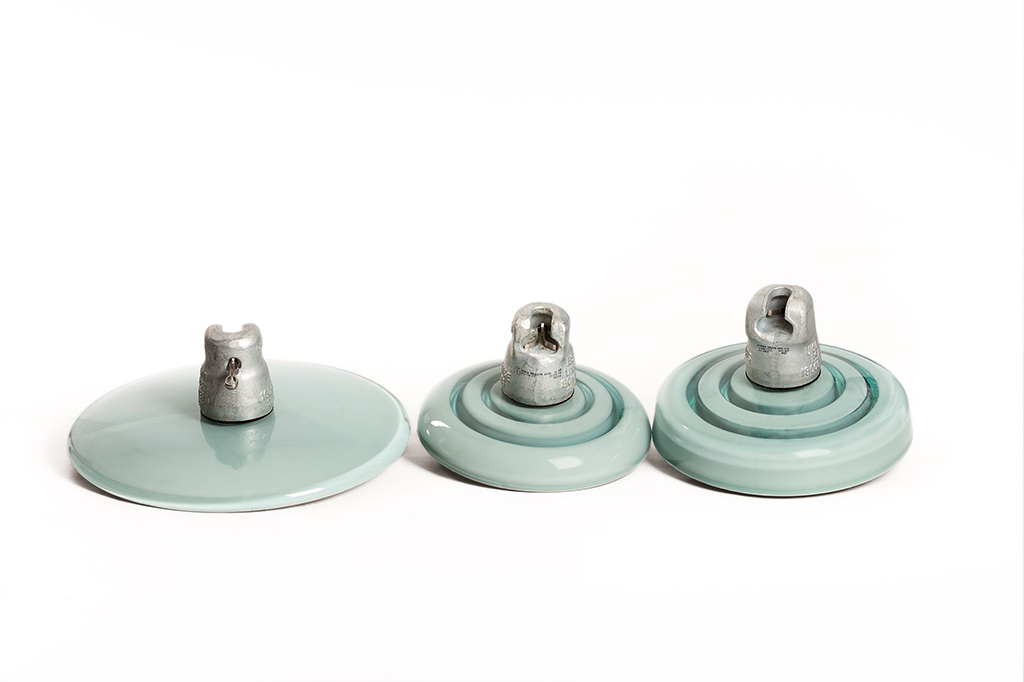The smaRTValue solution
Silicone-coated insulators offer an excellent alternative which guarantees optimum performance for high voltage overhead lines in areas with heavy pollution. They minimise leaking currents and thereby reduce operation and maintenance costs.
In extremely polluted areas, cleaning/ washing insulators is very needed to avoid the risk of flashover produced by the pollution particles (chemicals, salt, cement, etc.). It is estimated that the cost of maintenance of the insulators mean to be a 97% of the real cost of the product, in respect to the 3% that would mean the acquisition costs.







